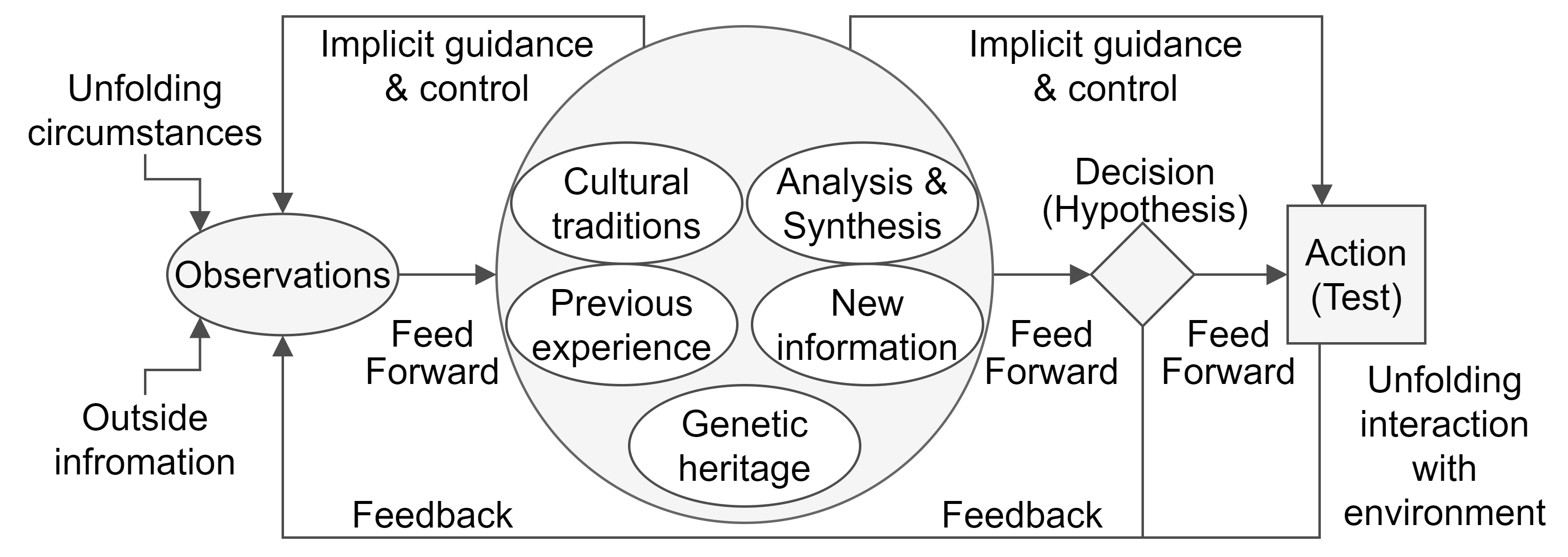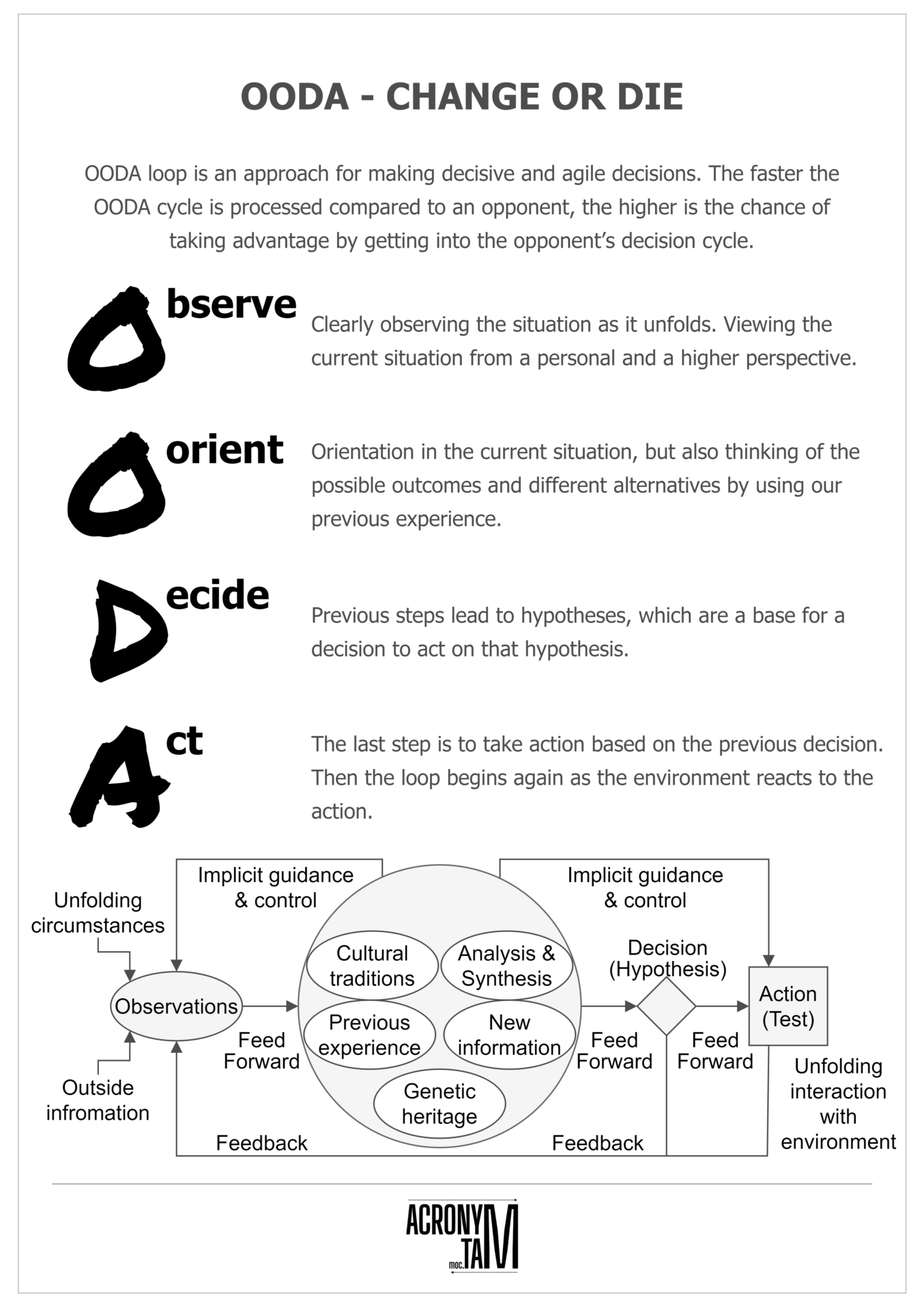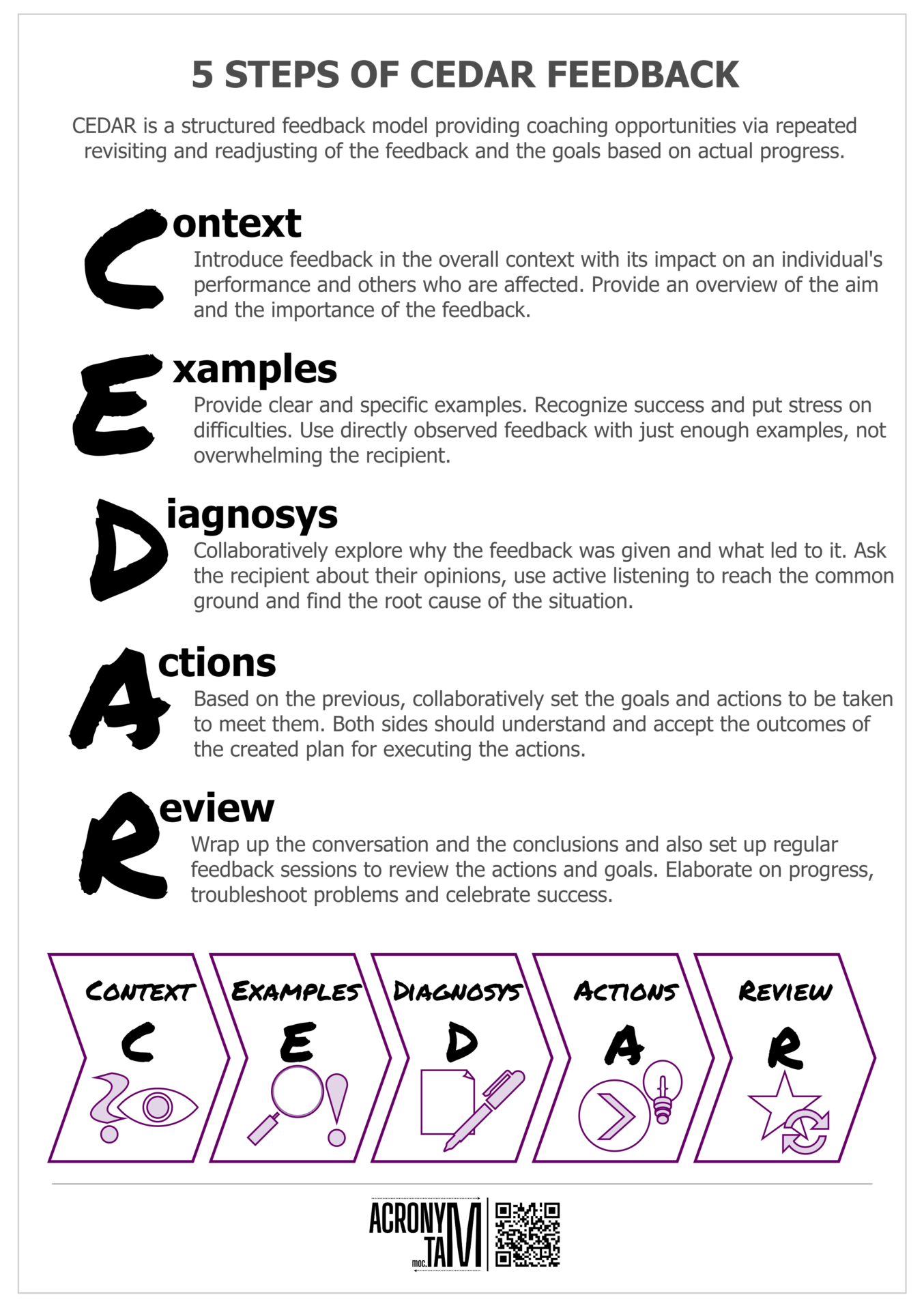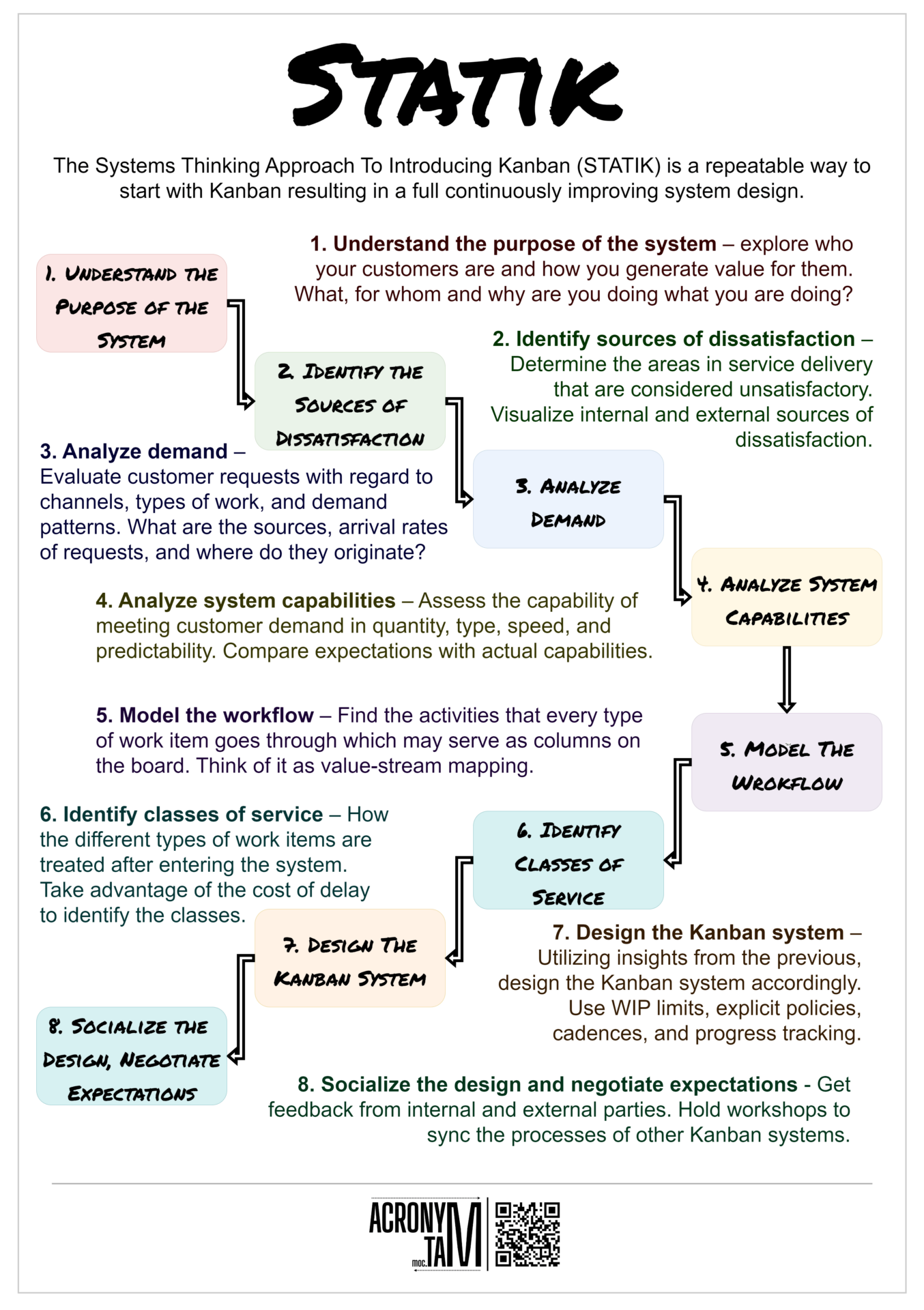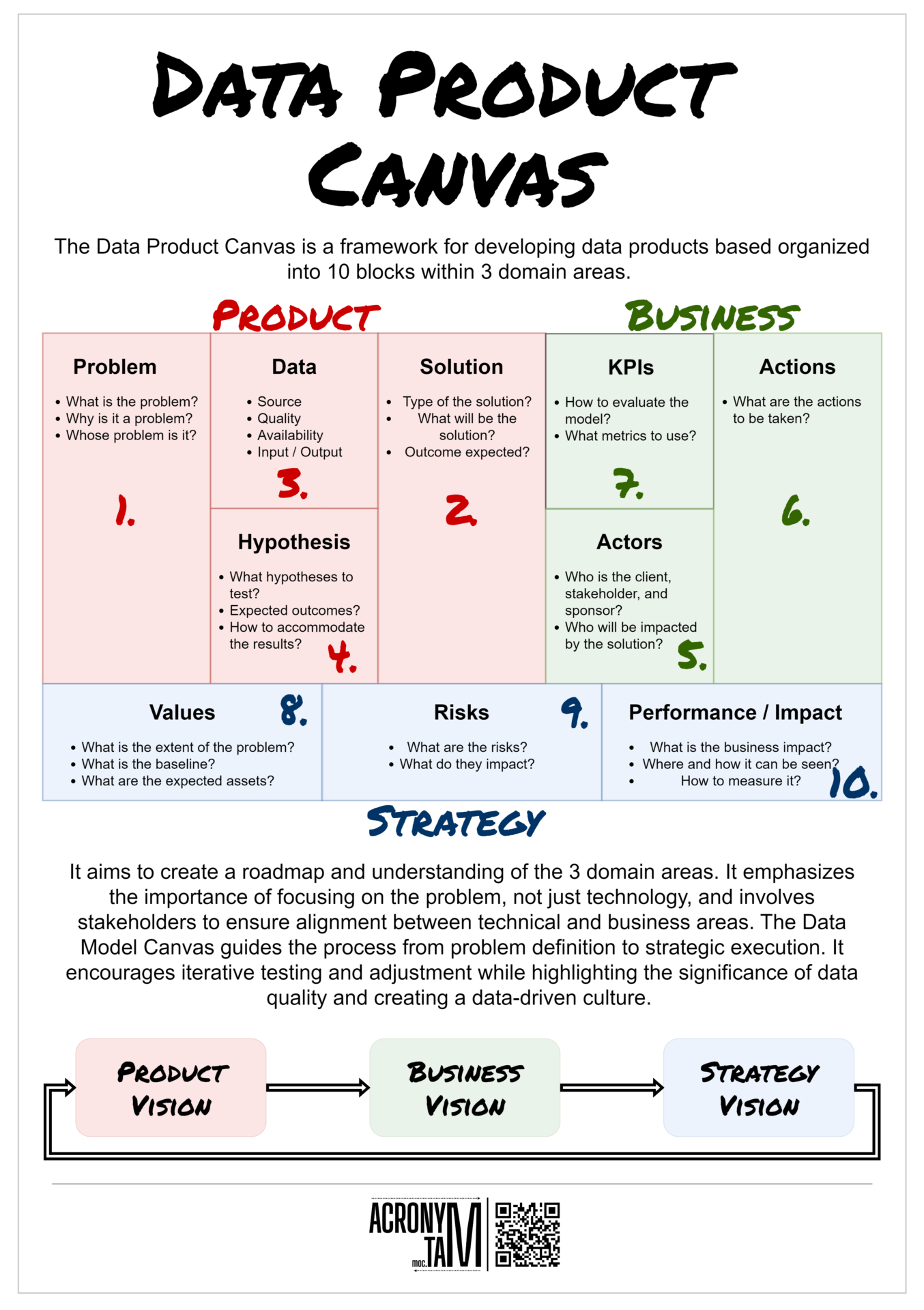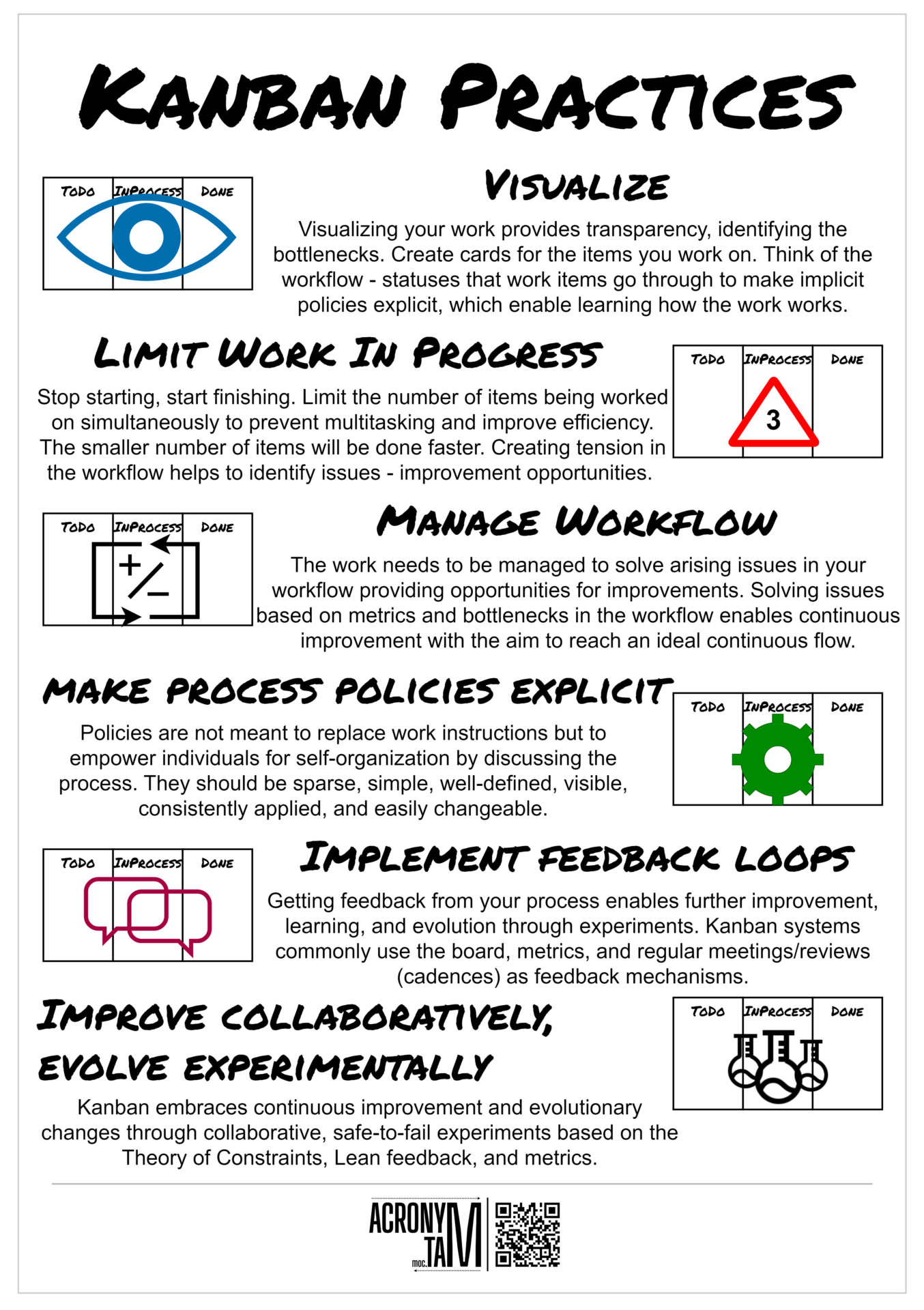Article
OODA Cycle
OODA loop is an approach for making decisive and agile decisions. The faster the OODA loop is processed compared to an opponent, the higher is the chance of taking advantage by getting into the opponent’s decision cycle.
Observe
Clearly observing the situation as it unfolds. Viewing the current situation from a personal and a higher perspective.
Orient
Orientation in the current situation, but also thinking of the possible outcomes and different alternatives by using our previous experience.
Decide
Previous steps lead to hypotheses, which are a base for a decision to act on that hypothesis.
Act
The last step is to take action based on the previous decision. Then the loop begins again as the environment reacts to the action.
